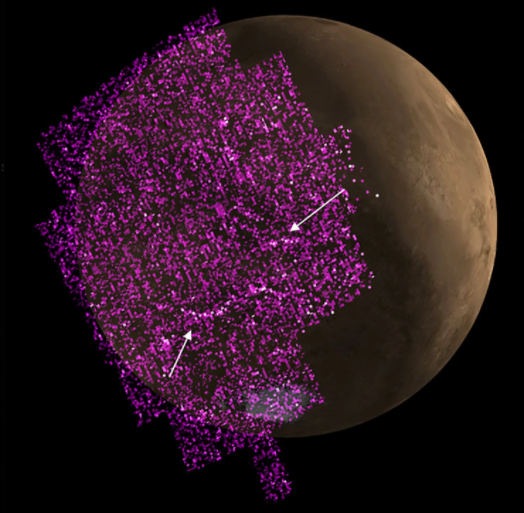
There was a flurry of activity on the surface of the Sun this week, including large solar flares and storms. Here, @NASASun’s Solar Dynamics Observatory in Earth orbit captured an especially active solar region on Nov. 2.
1/4
1/4
The Sun launched multiple coronal mass ejections (CMEs) that sent waves of charged particles toward Earth. The SOHO spacecraft caught one as it blasted out into the solar system.
2/4
2/4
When these particles arrived at Earth, its magnetic field directed them toward the north & south poles, where they lit up the atmosphere with auroras. These geomagnetic storms were so powerful that people far from the poles got to see the show. This view was captured in Utah. 3/4
Aurora occur on many planets and moons, including Jupiter (as observed by our #JunoMission), and even Mars (as observed by @NASAMars’ MAVEN orbiter). Studying them is another way we’re learning more about how the worlds of the solar system are connected. 4/4 



The view from ABOVE the aurora:
https://twitter.com/Astro_Megan/status/1456915141753282564
• • •
Missing some Tweet in this thread? You can try to
force a refresh







